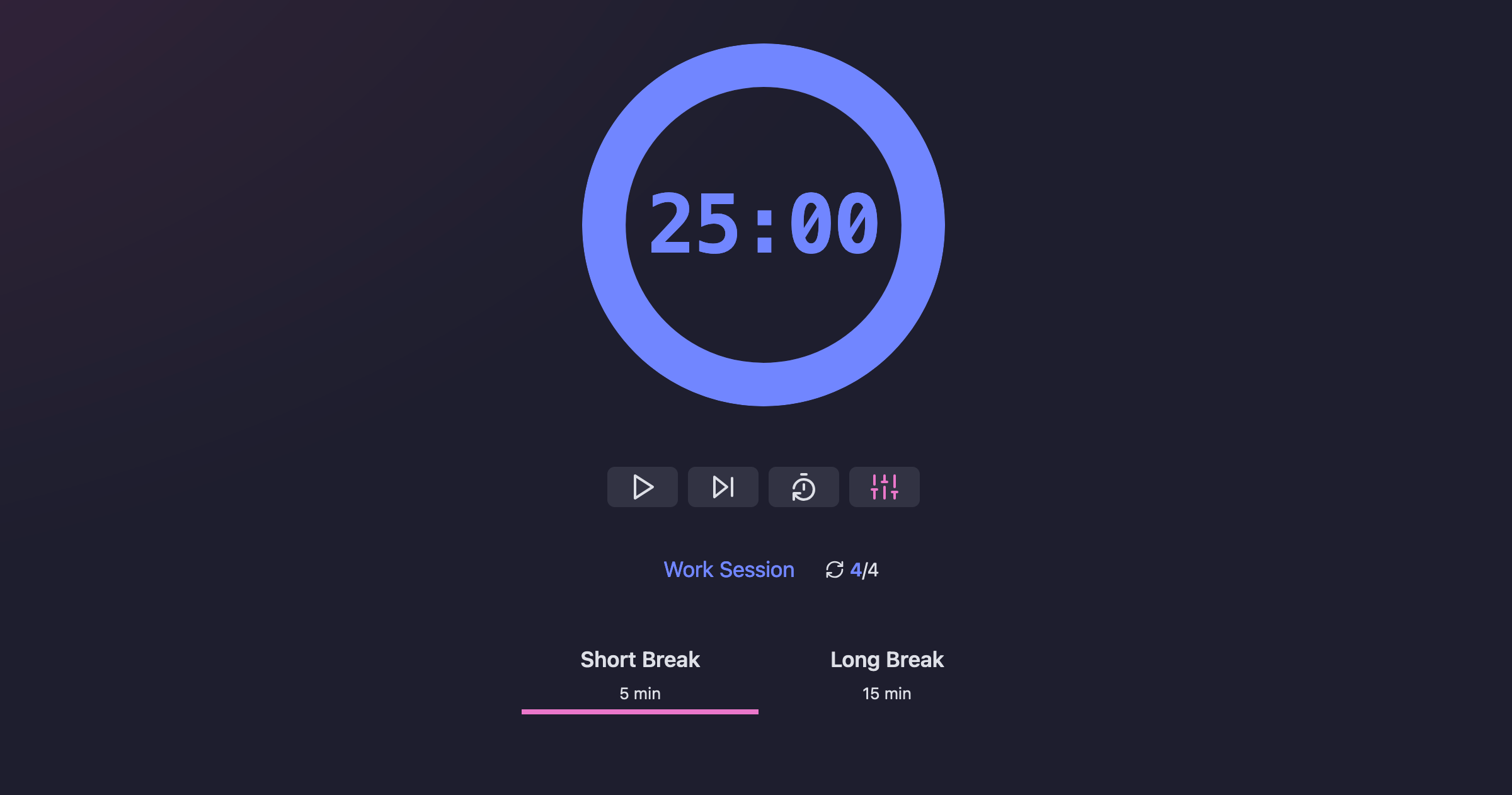In the fast-paced world digital technology, distractions are lurking at every turn and make it difficult to concentrate. It’s more than just a skill to master your time, but a superpower. Whether you’re deep in study mode, working remotely or working on personal projects, a good timer could be your ultimate weapon. You can use the Pomodoro. It’s more than just a timer. It allows you to complete more work and with less stress.
The Pomodoro Technique – The Power of the Technique
The Pomodoro is an electronic timer that’s more a simple ticking clock. Its origins lie in the field of science. The concept was created in the 1980s by Francesco Cirillo, the technique breaks work into timed intervals, typically 25 minutes in length, also known as “Pomodoros,” followed by short breaks. The technique mimics your brain’s rhythm and helps to stay focused and avoid fatigue in your brain.

Every session is a race. When you know that a break is only a few minutes away, it becomes much easier to avoid distractions such as social media or endless scrolling. When the timer ring it’s not just to pause, but also to acknowledge the progress.
Countdown Timers: Keeping focused in the Present
While a Pomodoro timer provides structure for deep work, a countdown timer adds urgency. The psychological effect is referred to as “temporal shortage” when a ticking clock can be observed. The value of time increases. A countdown on the background will make you conscious of the time you have, whether you are preparing for an upcoming presentation or studying for an examination.
Modern online timers often include this feature that allows to set the exact amount of time you want, whether that’s five minutes or five hours. As opposed to traditional timers for kitchens, these tools can store your preferences such as cycles, time, and even break lengths, which makes them more individual and flexible.
Stopwatch Timers: They Are a Measurement More Than Time!
The stopwatch timer is a different instrument for managing time. Instead of counting down, it counts up tracking how long the task will take. It is useful for those who want to improve their estimations, understand the pattern of work, or keep track of their billable time.
Stopwatch timers can be used by creative professionals, entrepreneurs, or developers to gauge the length of time it takes them to complete a project, such as writing an essay or editing videos. It’s easier to plan your day accurately and with purpose.
The Progression of the Smart Online Timer
The online timers of today aren’t simply clocks. These timers that are smart and built for the web remember your settings even if you close the tab. With features such as auto-advances between break and work sessions, customizing cycle counts as well as sound notifications and visual progress rings, they can provide users a seamless experience.
It’s also possible to enable a “Keep Screen On” option to ensure that your device doesn’t shut down mid-session. It is also possible to use keyboard shortcuts that will streamline your workflow, such as Space for play/pause, and R to restart.
Touch. The Touch: The Human Touch Planning, Reflecting and Adapting
Timers can only be so efficient. The real change occurs when we begin planning around them. To make the most of each Pomodoro it is helpful to break up large objectives into smaller and more manageable goals. After a few cycles, you should take a longer rest to allow your mind time to recharge. This can be done by taking a walk or meditating about a subject, or even enjoying an enjoyable snack.
When you are done with the day, reflecting on your sessions how many Pomodoros you took part in, when distractions slipped in and what can be improved turns a simple instrument into a growth plan.
Conclusion
The timer from Pomodoro is more than just an effective productivity tool. It’s about a different mindset. It encourages working mindfully, taking breaks, and building a stronger connection to time. Breaking down tasks into smaller, focused periods can help you break down a daunting to-do list into smaller pieces that can be managed. This isn’t just about getting things done, but also about maintaining a sense of rhythm, remaining present and ending each day with a genuine sense of progress.